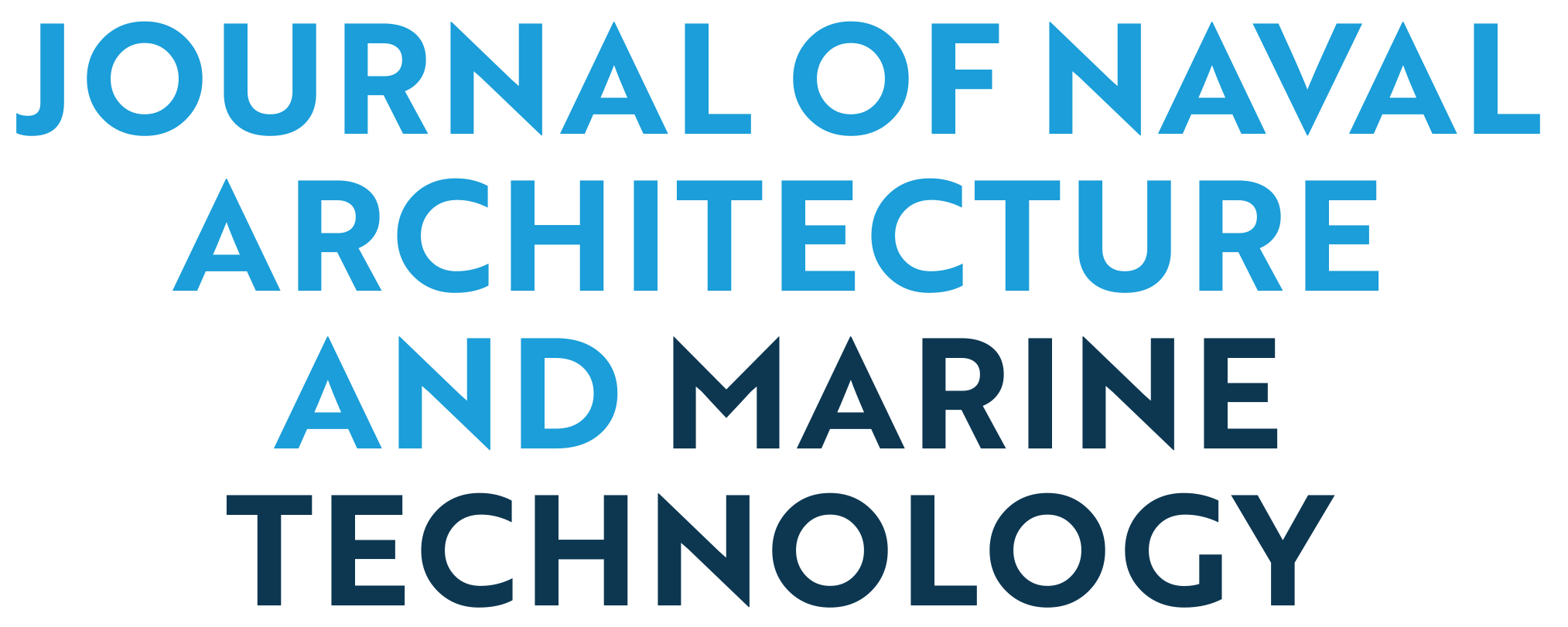ABSTRACT
As an indispensable component of the traditional shipbuilding approach, ships carry billions of tons of ballast water each year, as well as commercial products. Species translocated between the world's biogeographic regions during this transport cause important ecological, economic, and health problems. Ballast water, unlike other pollutants, is considered to be the most important pollutant among ship-borne pollutants due to potential increase in its harm over time. Both the IMO International Convention on the Control and Management of Ships' Ballast Water and Sediments, which entered into force in 2017, and the US Legislation (Final Rule), which entered into force in 2012, have introduced standards that limit the organisms that can be found in the ballast water to be discharged. In current practice, ships must be equipped with a ballast water treatment system to meet these standards. Even if the systems, whose efficiency depends on various factors, but whose installation and operating costs are in the millions of dollars, are installed on ships, there are still concerns that environmental risks will continue, legal obligations may not be met, and therefore ship owners may face sanctions. These concerns have accelerated the efforts to produce different solutions that can be applied instead of ballast water treatment. The design and construction of ships with alternative approaches to the standard ballasted ship approach have been in search of different solutions since the 2000s. With the launch of the first non-ballast LNG bunkering ship in 2018, a new competitive field has been opened in the shipbuilding industry. In this study, attention is drawn to the paradigm shift in the current understanding of shipbuilding, in which ballast water is considered indispensable; The research and development activities for the production of ballastless ships and the current situation are summarized.


